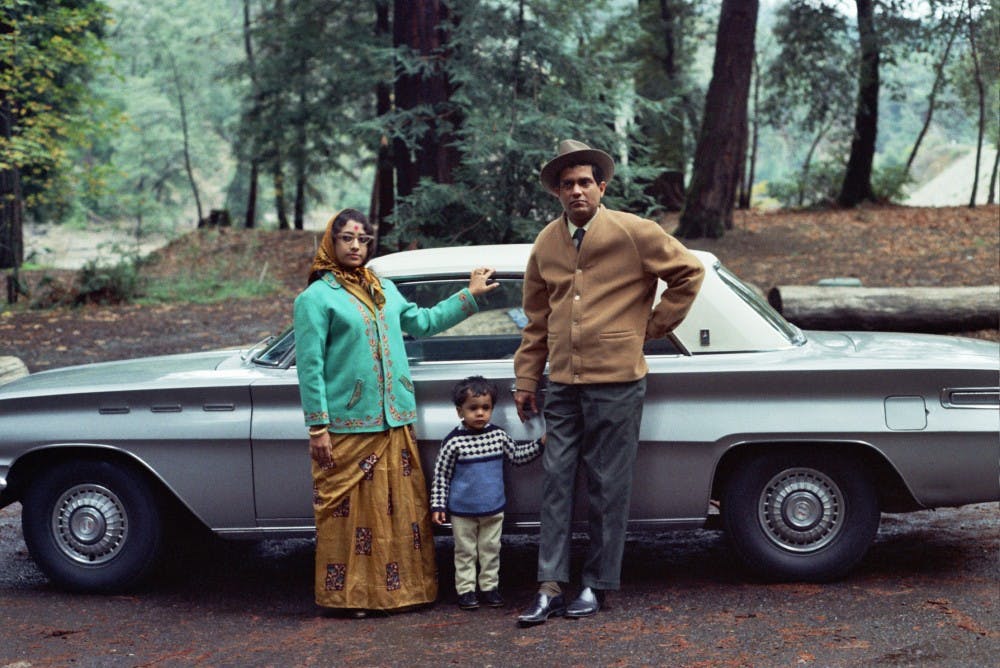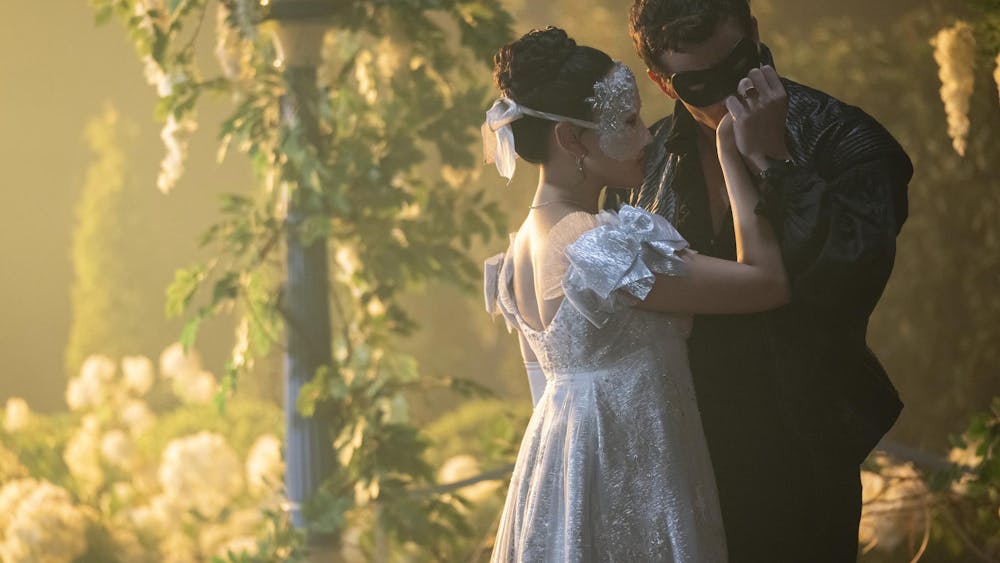The Mathers Museum of World Cultures has planned three distinct exhibitions this semester ranging in topics from those as broad as historical, national and international, to contemporary and local.
The first of these exhibitions is “Beyond Bollywood: Indian Americans Shape the Nation.” Carole Pouzar, marketing graduate assistant at Mathers, said the display is a traveling exhibition on loan from the Smithsonian Institution.
The exhibit explores the Indian-American experience and their political, professional and cultural contributions to American life and history, Pouzar said in an email. It will be on display until April 10.
“IU is the first of only three museums in the Midwest to host this special exhibit,” Pouzar said in an email.
Judith Kirk, assistant director of the museum, said alumnus Robert Johnson, who is on the board of the Asian Pacific American Center committee at the Smithsonian, suggested the idea to Provost Lauren Robel after a visit to Mathers.
The decision to bring the exhibition to Bloomington united administration, alumni and various academic departments with the museum, Kirk said.
“When it was discovered that ‘Bollywood’ was going to travel, we started working to bring it here,” Kirk said. “We were so fortunate in that we have an incredible India studies program, Dhar India Studies. They were very enthusiastic about being our partners.”
In conjunction with this exhibit, Mathers planned visits by prominent speakers and a few other events, such as films playing at the IU Cinema.
The next speaker in the series, Vijay Prashad, author of a work called “The Karma of Brown Folk,” will speak on March 10. Prashad will be speaking about the complicated status of Indian-Americans as the “model minority” and the issues with that term, Kirk said.
Another speaker, Vivek Bald, will visit March 24 to discuss the “lost history” of Bengali Harlem, and the movement of Asian immigrants into existing neighborhoods during the era of Asian exclusion — the 50 years leading up to the 1940’s.
“There were individuals, mostly men, who were involved in merchant marines, were seamen and other merchants, who ended up settling here,” Kirk said. “These were groups of men who, despite the exclusion-era laws, primarily settled in places like Harlem and New Orleans, communities that were typically African-American or Puerto Rican.”
These neighborhoods provided a community of support, opportunity and home, and Bald will speak to this relationship and his research on this period during his lecture, Kirk said.
The next of the exhibitions, “Material Culture: Inspired by Mathers Museum Artifacts,” is a collection of quilts shown in conjunction with the annual Indiana Heritage Quilt Show.
As a part of a challenge, the members of the Charm Club created quilts based on artifacts they saw at the Mathers Museum in the summer of 2014, and this exhibit displays the quilts side by side with the artifacts that inspired them.
Kirk said she thinks the differences between the artifacts and the quilts they inspired makes this display interesting.
“It’s interesting to see how these individuals have taken the concept or design of the artifact and transformed it into their own aesthetic,” Kirk said. “One of my favorite connections is between the pre-Columbian artifacts and the pieces that the artist did. It’s not as if the quilt looks exactly like the weaving, but you can really see what she was pulling from.”
The final exhibition is entitled “Stirring the Pot: Bringing the Wanamakers Home,” and is a photographic project by Joe Stahlman and Fileve Palmer Stahlman.
While researching in Mathers’ archives, Joe and Fileve found photographs taken of members of the Tuscarora Nation, a tribe of the Iroquois language family, in the early 1900’s. Among their finds was a photo of Joe’s great-great grandfather, Kirk said.
The discovery led to a project that involved seeking out descendants of the original portrait subjects and photographing them holding the original pictures.
“For some, these were images they hadn’t seen before,” Kirk said. “We will also have members of the Tuscarora Nation coming to join Joe and Fileve at an event to share their experiences working with them. It brings it all full circle.”






